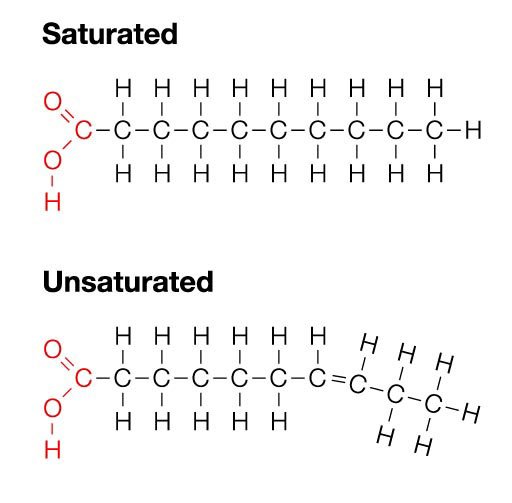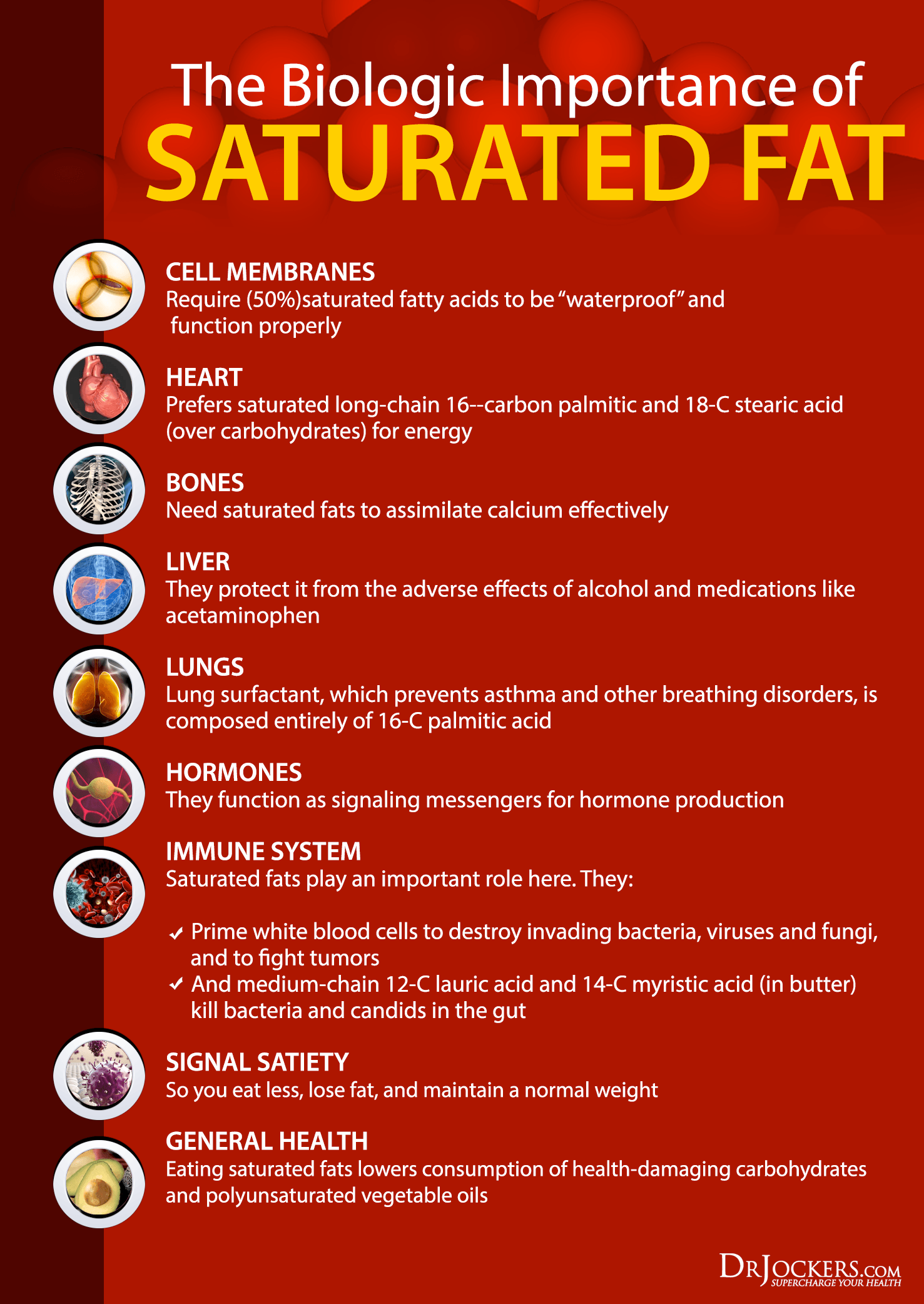Casting Out The Wrong Demons- A Broad Discussion On Health Part 4.
If you ask people what they're definition of health is and what they consider to be healthy lifestyle choices, most of them will think that they know what is good and what is bad and if they, themselves, aren't all of that healthy, they will blame it on their poor self control, rather than their knowledge. Unfortunately, despite people's best wisdom, the things that are demonized most are usually good for you and the things that are truly bad for you are potentially detrimental. In this post we will talk about what those are and why.
To check out the previous posts related to this post click HERE
Casting Out The Wrong Demons

picture taken from HERE
First and foremost, I'm going to pick up from where I left off yesterday with inflammation since this is a huge one that practically nobody thinks about. Most of the time people are focusing so much on the food, that they miss the fact that we often disrupt out natural processes through taking pills and tinctures to ease the pain. First, let's start off by saying exactly what inflammation is and then what it does.
Inflammation is characterized by causing four obvious symptoms; heat, swelling, redness, and pain. It is an uncomfortable process to go through because the swelling often causes irritation on the pain receptors. In addition, in situations where you are experiencing a fever, the heat that comes from that from of inflammation, makes you feel slightly off. You may have heard a piece of advice to drink water and get some rest, but most of the time, I see people taking a Motrin for the pain and something that lets them sleep. Lets explore what happens during a fever, or any inflammatory response and tell me if you think it's a harmless gesture or not.

picture taken from HERE
First, the pathogen enters the body and the body has an autonomic response. Then, with the help of mast cells, blood is carried to the site where the pathogen resides through vasodilation. Once blood flow increases to the site, nuetrophills travel in to release compounds that will break them down enough to be carried out by the macrophages. This process will continue until the toxin is excreted and the site has fully healed. For right now, lets just focus on Histamine. It's main role is to increase capillary permeability which, in short, means that it allows the flow of blood to increase to the site of the infection which allows lymph and white blood cells to arrive in greater numbers.
If we brake these down in to baby steps, think of it this way, 1. the body has a foreign material inside of it which needs to be removed so that it doesn't cause problems. 2. to be able to get the proper cells to that area, it increases in size as blood flows in. 3. White blood cells and lymphatic fluid help break down the toxin and carry it away through the bodies natural flow system. Finally, 4. Once the site has no more foreign material present and the area surrounding it is fully healed, the area reduces in size and the blood returns to it's typical ratio. In the case of a fever, the entire body heats up. Unlike inflammation such as one experienced from gout, it is not localized.

picture taken from HERE
So, assuming that you understand that Histamine is responsible for the blood being able to flow to the area of the infection for the healing process, what do you suppose the result of taking an antihistamine like Zyrtec would be? That's right, the pathogen would persist and the body would stop the healing process. Of course the person would feel better because their swelling went away, but at what cost? After all, al they have done is prevented the toxin from leaving, not solving the problem. This same toxin will return and the cycle will begin all again.
I don't want to kill you with information, but these are the key components in this process in case you want to do additional study:
Histamine
Kinins
Leukotrines
Prostaglandins
Interleukin-1
We consider the things that make us feel sick as the culprits of our illness, however, they are very much the actual things that are getting rid of the problems. As I mentioned yesterday, when you stop the processes of letting the body heal, you end up pushing the toxin in deeper until it causes a worse problem. What started as a pathogen introduced through your food or an infection from a wound, ends up going into the blood stream and eventually in the extracellular matrix and then into the cytoplasm of your working cells. In it's most sever state, it penetrates into the nucleus and alters the genetic continuity.
War On Fats

picture taken from HERE
For the longest time people have demonized saturated fats found in the classic bacon and eggs start of the day. It was said that they increase the in negative LDL fats in your blood. Cholesterol was constant spoke down on and it has been the fuel for arguments involving people cut back on their intake of salts. They say that it is responsible for the higher rates of heart attacks found around the world. Just like with the misconception about the purpose of inflammation, there is no such thing as a good or bad cholesterol. In fact, by living your life reducing your intake of saturate fats will send you to an earlier grave than just eating what you crave.

taken from HERE
Sunflower, soybean, canola, peanut, among many others plants, have been reduced into oils to meet the most recent fads of consuming only not-saturated fats for the sake of "health." Going back to the conversation on this from before though, does this make any sense? Think of it... what is a saturated fat and what is a non-saturated fat? The answer lies within it's composition. On a molecular level, a saturated fat has it's carbon chain completely saturated with hydrogen, whereas an unsaturated fat has a double-bond separating the carbons. Saturated fats have more hydrogen than unsaturated ones and it shows in it's structure at room temperature.

picture from HERE
At room temperature, a saturated fat becomes solid. A non-saturated fat is liquid up to a much colder degree. The argument is that saturated fats from animal meat, such as, beef and pork will "clog" up your arteries because of their thickness and therefore the plant-based oils will go through more smoothly. Unfortunately, not only does this not make sense when you consider that the inside of the body isn't room temperature, but what is overlooked is that your cell's protective layer is created out of the fats that you consume. This means that how strong they become is directly related to whether they are saturated or non-saturated. Saturated fats are more strongly held together and plant oils are weak because of that double-bond.
We often think that it's the bacon that we are eating which is responsible for the negative effects that we get from our food, when really, it's the "lean" options that are killing us. Much the same, artificial sugars are littered with disease causing properties that are over-looked for the sake of helping people lower their calorie counts and sugar consumption. Perhaps we will cover this more in detail tomorrow, but for now, just know that the things people argue most are the problems that we need to get rid of are the things that we need the most. I'll never say that we need sugar, but we undoubtedly need saturated fats. Without it we are more prone to illness because our cell walls become too weak.

taken fromHERE
You got a 14.92% upvote from @mercurybot courtesy of @thegreatlife!
This post has received gratitude of 5.08 % from @appreciator thanks to: @thegreatlife.